35 Fascinating Chinese New Year Facts
Learn 35 captivating facts about Chinese New Year, from zodiac animals to festive traditions.
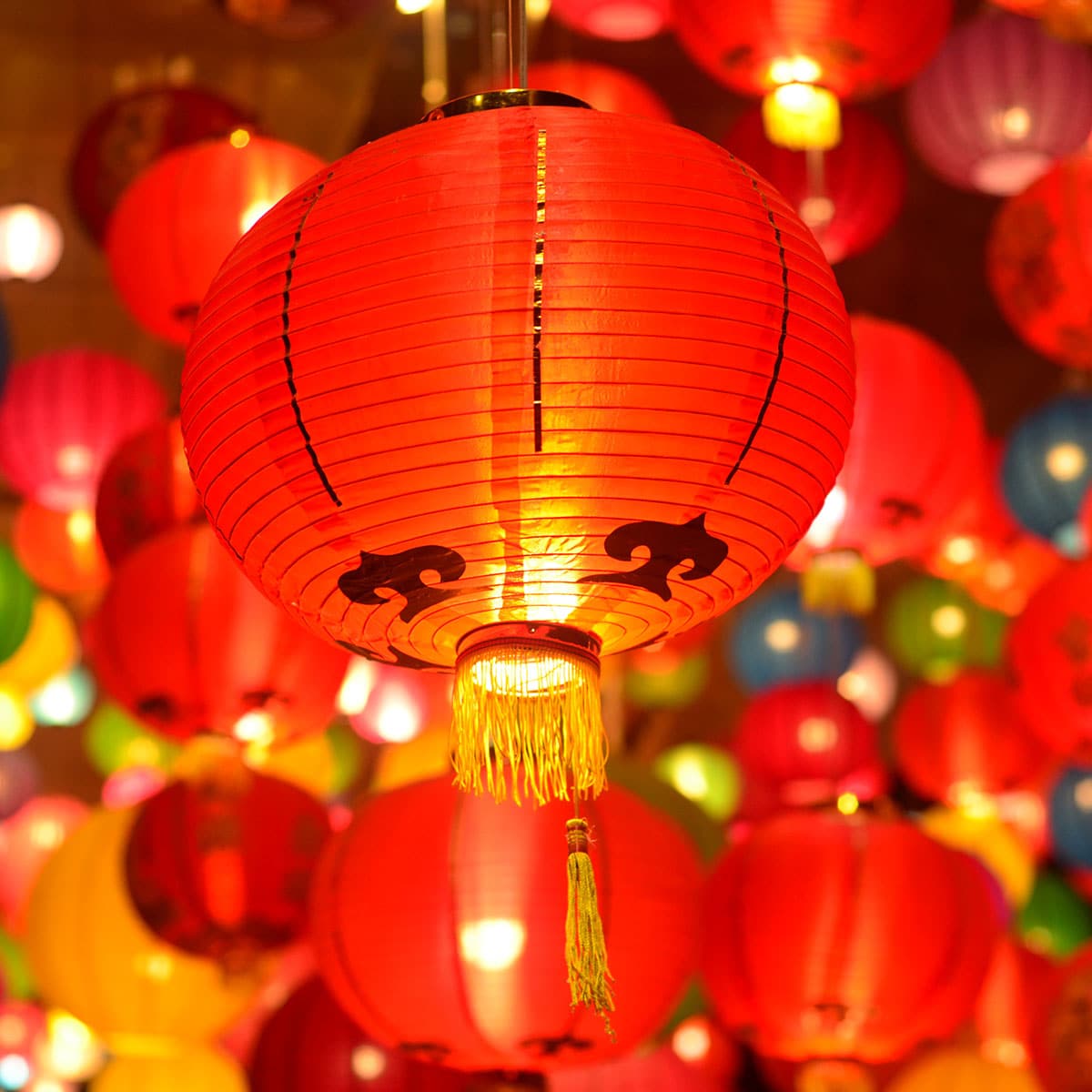
Chinese New Year is the biggest holiday of the year for the Chinese culture. For those living outside of China, chances are good you’ve heard of the holiday, but aren’t quite sure what it’s all about.
In short, it’s a spring festival that celebrates the changing of the Chinese lunisolar calendar. The first day of the New Year falls on the new moon between January 21 and February 20, with celebrations beginning on the evening preceding the first day, and typically lasting until the Lantern Festival.
To help you understand more about one of the world’s largest festivals, here are 12 fascinating facts about the Chinese New Year.
Fun Chinese New Year Facts

1
Chinese New Year as Spring Festival
Chinese New Year, also known as the Spring Festival, is a vibrant celebration lasting 15 days. It marks the beginning of the lunar year and holds great cultural significance. Families come together, homes are decorated in red and gold, and various rituals and customs are observed to usher in good luck and fortune.

2
Zodiac Animals and the 12-Year Cycle
Each Chinese New Year is associated with a zodiac animal from the 12-year cycle. These animals, like the Rat, Ox, Tiger, and more, symbolize unique traits and characteristics. This cycle adds a captivating dimension to the festival, making every year distinct and engaging.
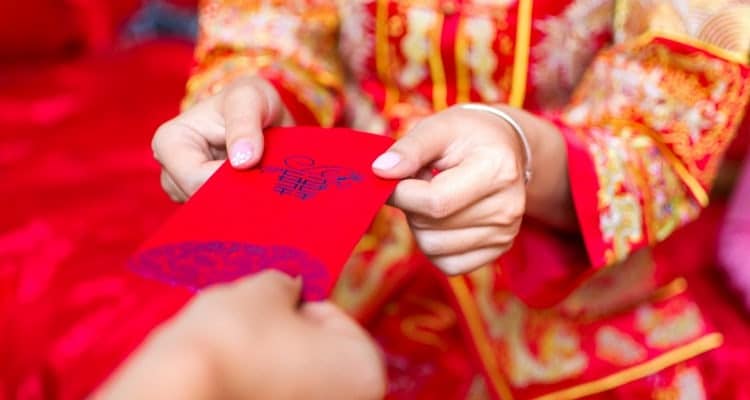
3
Red Envelopes and the Tradition of "Hongbao"
Red envelopes, called “hongbao,” are cherished traditional elements. They are filled with money and given to friends and family as tokens of good luck and blessings. This gesture adds an element of excitement and generosity to the festivities, especially for children.
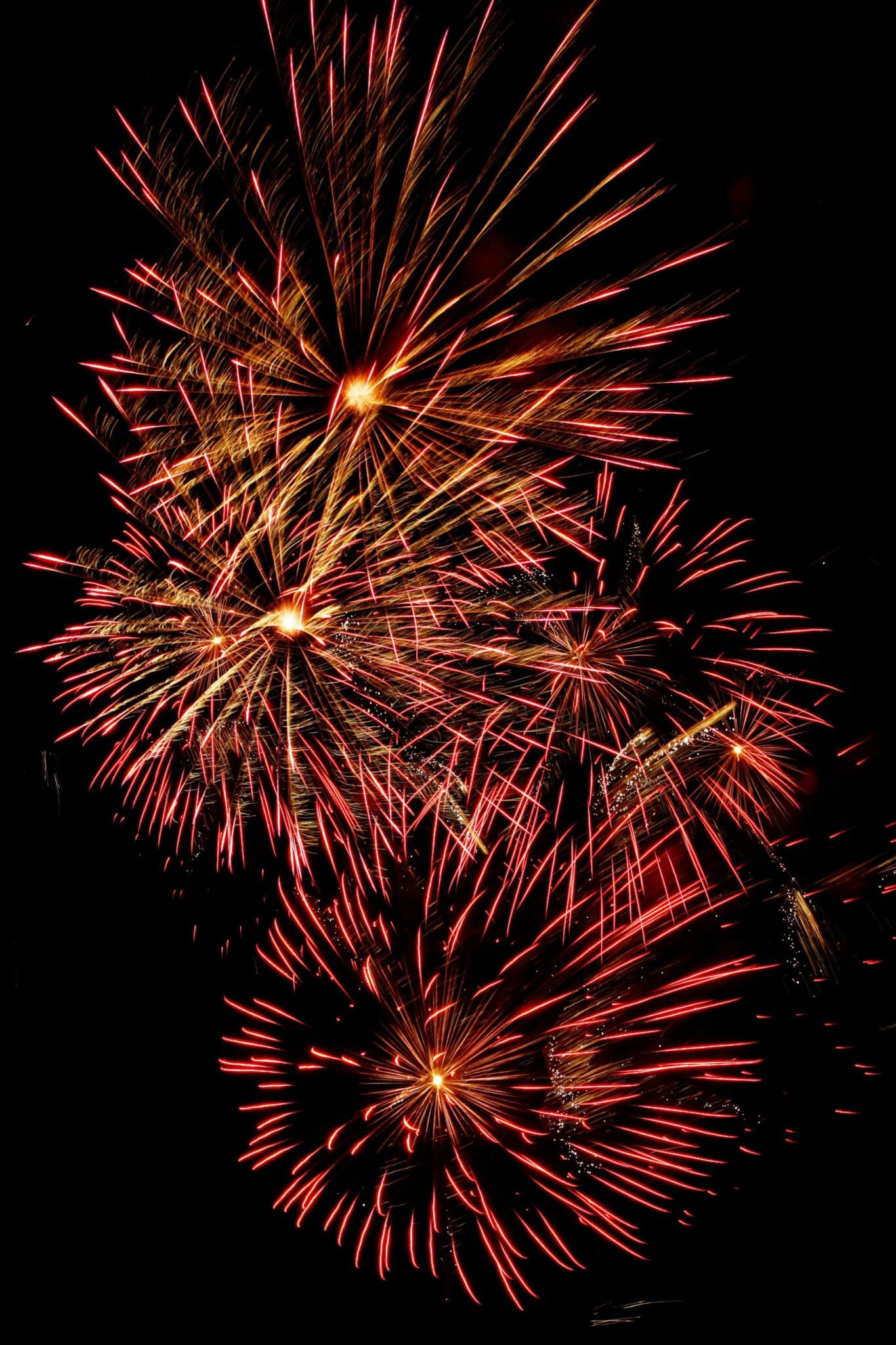
4
Fireworks and Evil Spirits
Fireworks illuminate the skies during Chinese New Year to fend off evil spirits and welcome the new year with a sense of grandeur. This tradition is rooted in the belief that loud noises and bright lights deter negative energies, fostering a safe and joyous environment for all.

5
Lion and Dragon Dances for Fortune
The captivating lion and dragon dances are integral to the celebrations. These dynamic performances symbolize the chase away of bad luck and the ushering in of fortune. The elaborate choreography and vibrant costumes create a lively atmosphere, engaging people of all ages.
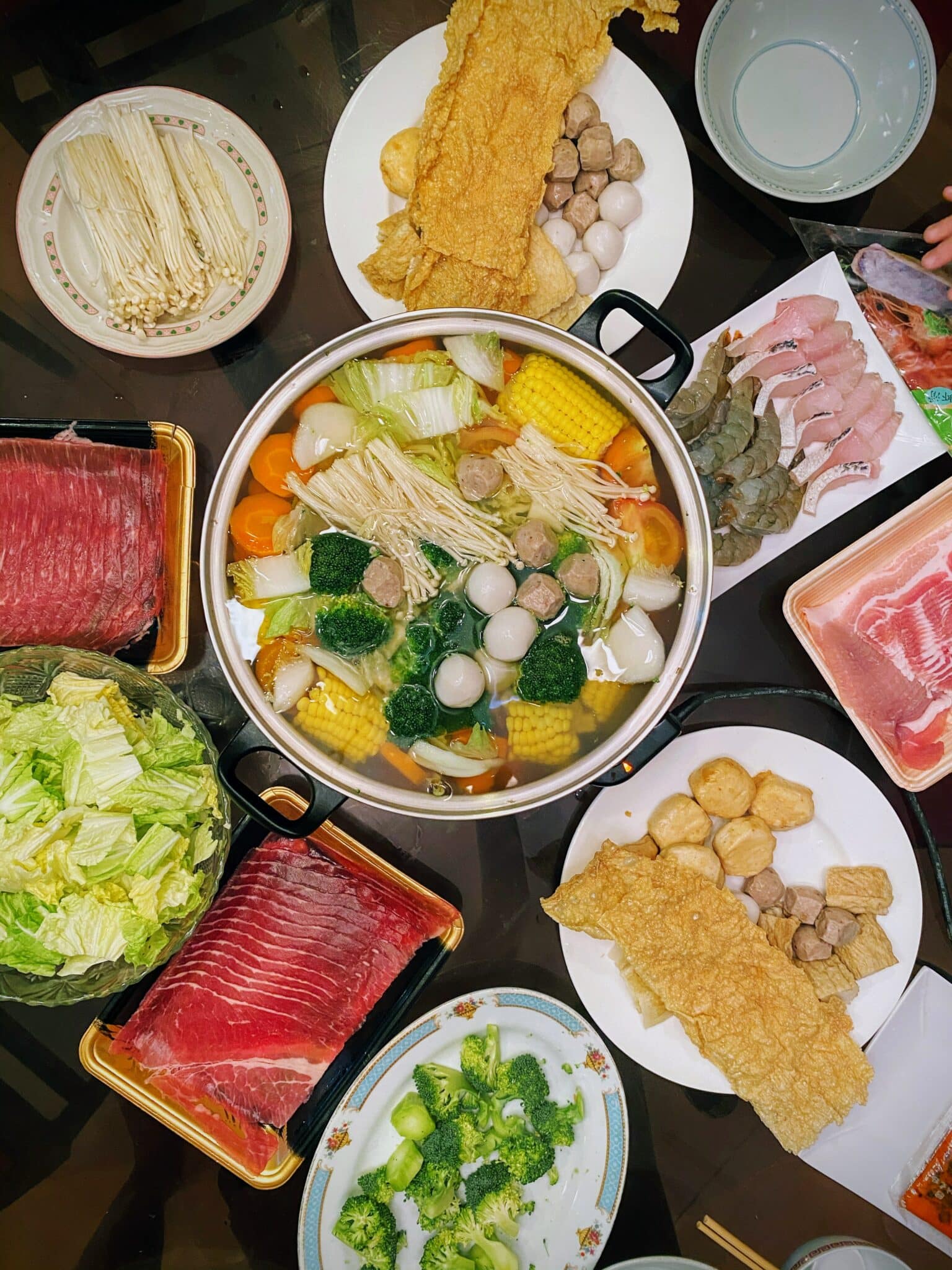
6
Reunion Dinner and Symbolic Dishes
Families gather for a heartwarming reunion dinner on New Year’s Eve. The menu is carefully chosen, with dishes representing good luck, longevity, and prosperity. These culinary traditions forge strong family bonds and infuse the festival with meaningful symbolism.

7
House Cleaning and New Year's Luck
Pre-festival cleaning is more than tidying up; it’s about sweeping away old energies and welcoming new luck. This practice aligns with the belief that a clean environment encourages positive energies to flourish, and old woes are left behind as people embrace the coming year.

8
The Symbolism of Red
Red is the hue of choice during Chinese New Year, as it symbolizes luck, happiness, and auspiciousness. It’s found in decorations, clothing, and various ornaments, infusing the surroundings with positive energy and setting the festive tone for the entire period.

9
Lunar Calendar Variations
Chinese New Year doesn’t fall on a fixed date in the Gregorian calendar but on the lunar calendar, which causes the date to shift. This variation adds an air of unpredictability and intrigue to the anticipation of the celebration.

10
Homeward Migration for Reunion
The holiday sparks a massive migration as people return to their hometowns to celebrate with their families. This tradition, known as “chunyun,” is the world’s largest annual human migration and underscores the value of family bonds and cultural traditions.

11
Lucky Number Eight
The number eight is considered extremely lucky in Chinese culture. This belief reflects the prominence of the number during the New Year celebrations. People often choose dates, license plates, and phone numbers with many eights, as the word for “eight” sounds like the word for “wealth” or “prosper.”

12
The Festival of Lights
While fireworks are a staple of Chinese New Year celebrations, lanterns also hold a special place. The Lantern Festival, which marks the end of the celebrations, showcases intricate lantern displays. These colorful creations light up the night, creating a magical atmosphere and symbolizing the hope and positivity that the new year brings.
Interesting Chinese New Year Facts

13
Ancient Origins and Agrarian Society
The roots of Chinese New Year stretch back over 3,500 years to ancient agricultural traditions. The festival initially marked the end of winter and the beginning of spring, centered around the lunar calendar. Over time, it evolved into a complex celebration with rich cultural and spiritual significance.
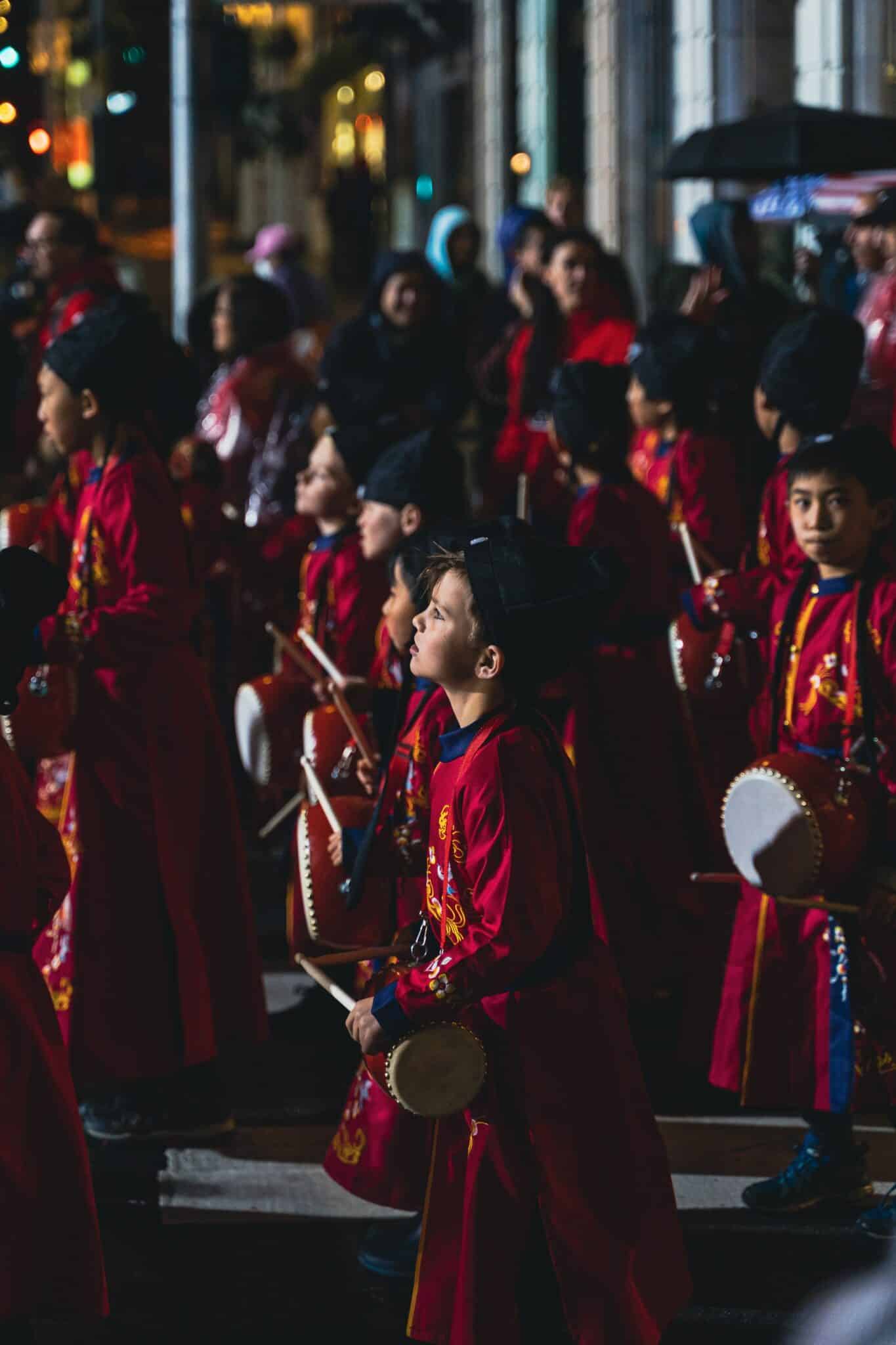
14
Chinese New Year Parade: A Dynamic Cultural Showcase
An integral part of Chinese New Year celebrations is the vibrant parades. These processions feature mesmerizing dragon and lion dances, traditional costumes, and captivating performances. The parades showcase Chinese culture while also incorporating local elements. They exemplify the festive spirit of the holiday and bring communities together to enjoy the spectacle.
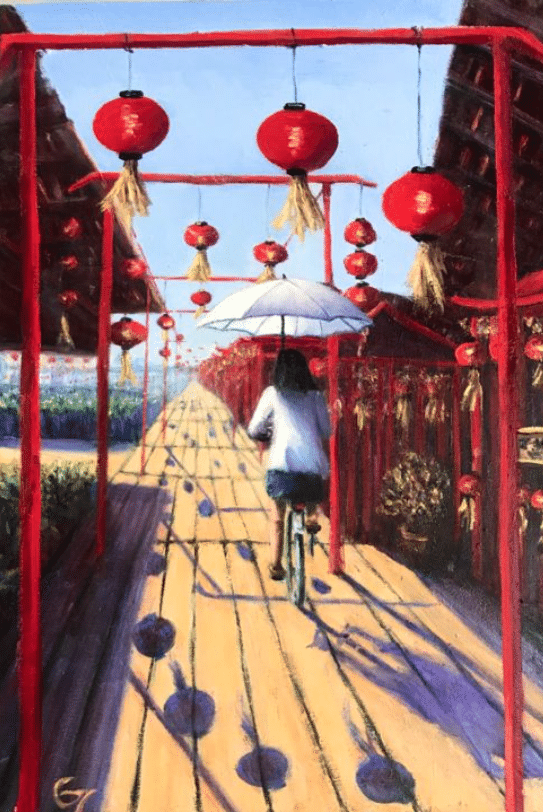
15
New Year Paintings and Symbolism
Nianhua, or New Year paintings, are adorned with vibrant colors and intricate designs. Hung in homes, they convey wishes for prosperity, health, and happiness. This visual art form weaves cultural symbols and imagery, making it a cherished and expressive aspect of the festivities.
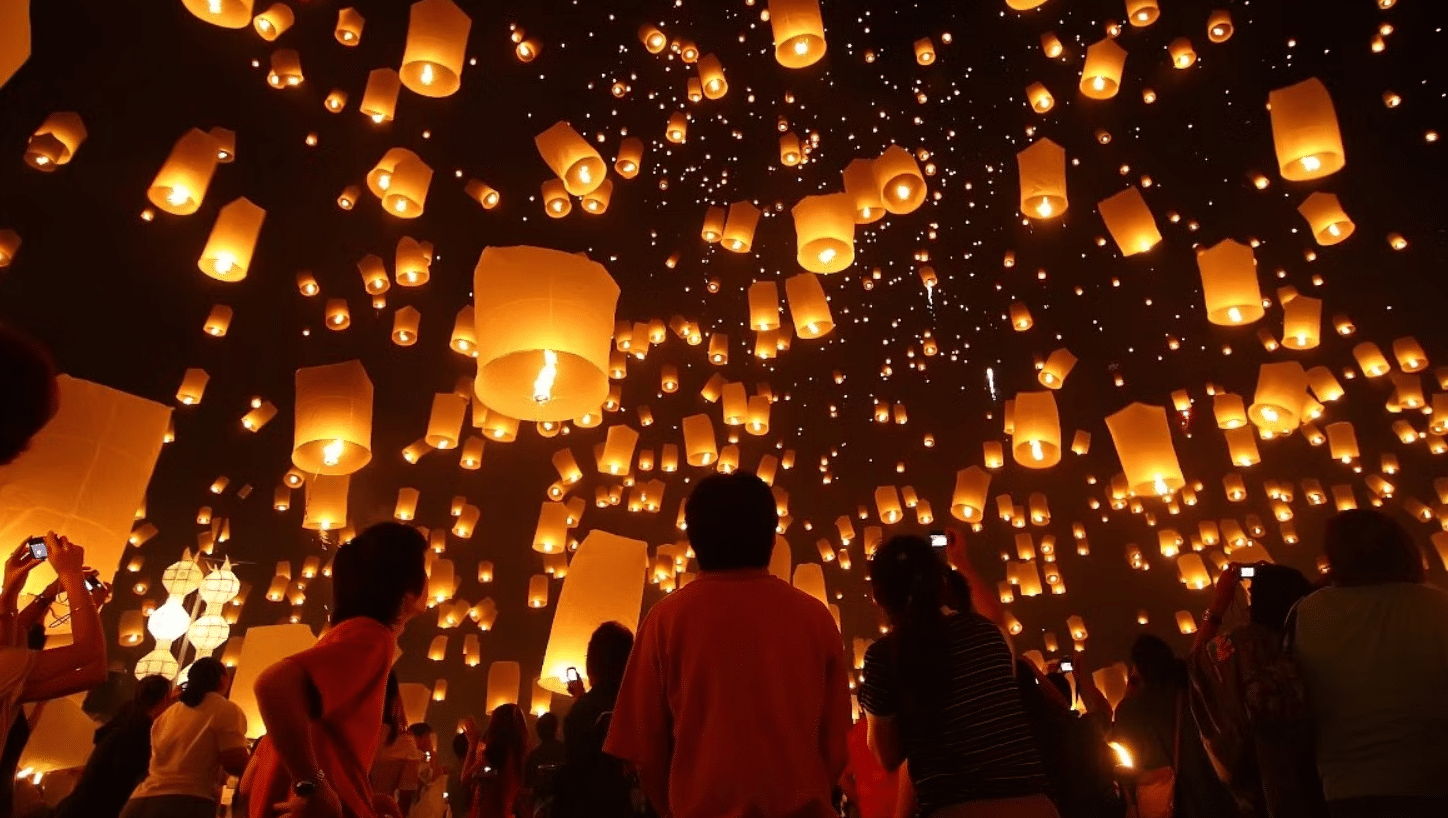
16
Chinese Valentine's Day and the 15th Day
The 15th day of the celebrations coincides with the Lantern Festival and is known as Chinese Valentine’s Day. Couples celebrate by spending time together and sharing romantic moments beneath the glow of lanterns, amplifying the festival’s theme of love and togetherness.

17
New Haircuts and Clothes for Fresh Beginnings
Gearing up for the New Year goes beyond cleaning homes. People don new clothes and get haircuts before the festival, symbolizing a fresh start. This practice aligns with leaving behind the old and embracing the new with a renewed spirit.
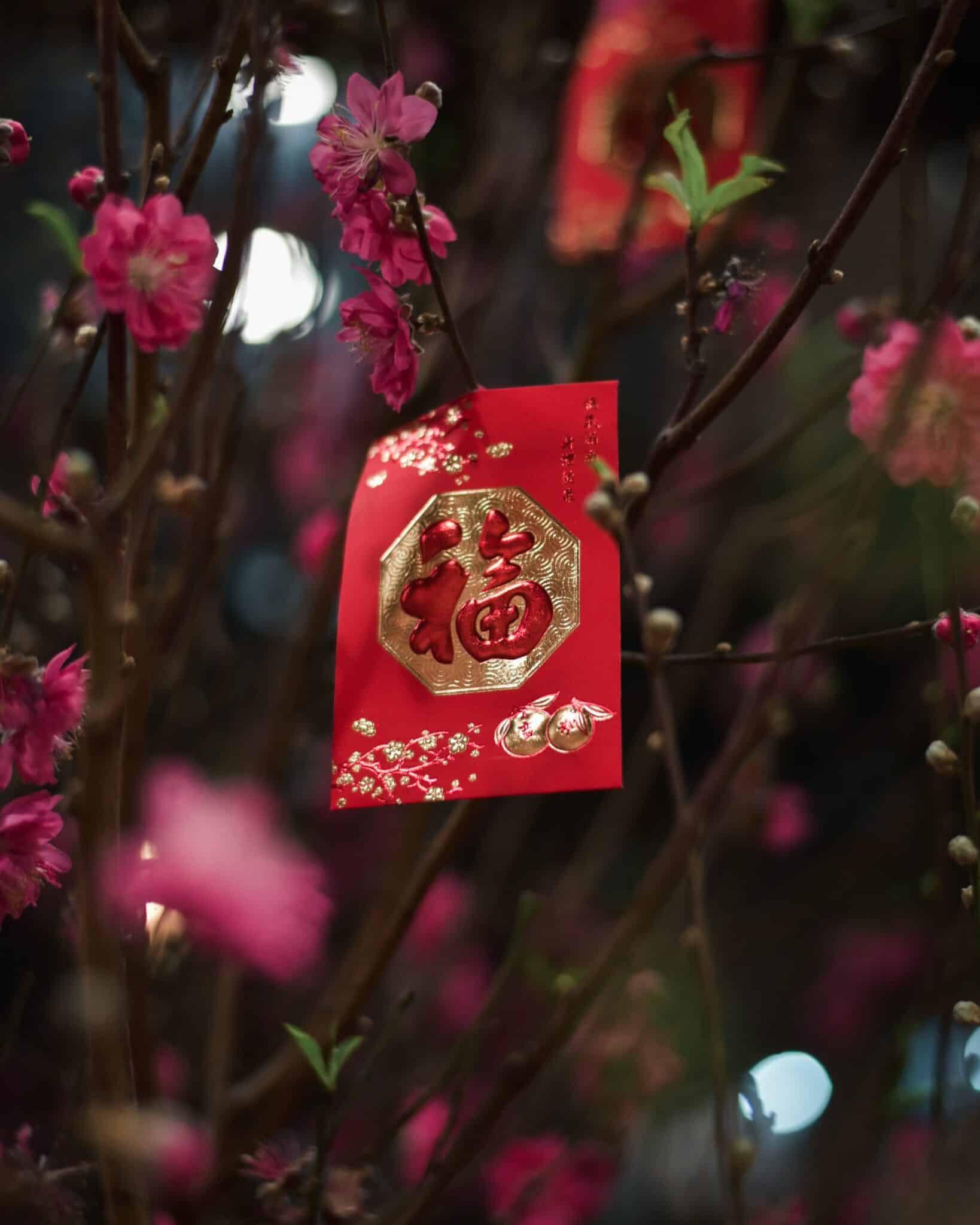
18
Decorative Symbols and Upside-Down Characters
Paper cuttings and upside-down Chinese characters decorate homes during the festival. These symbols carry auspicious meanings and bring good luck. The custom of hanging these decorations adds an artistic and meaningful layer to the festive ambiance.
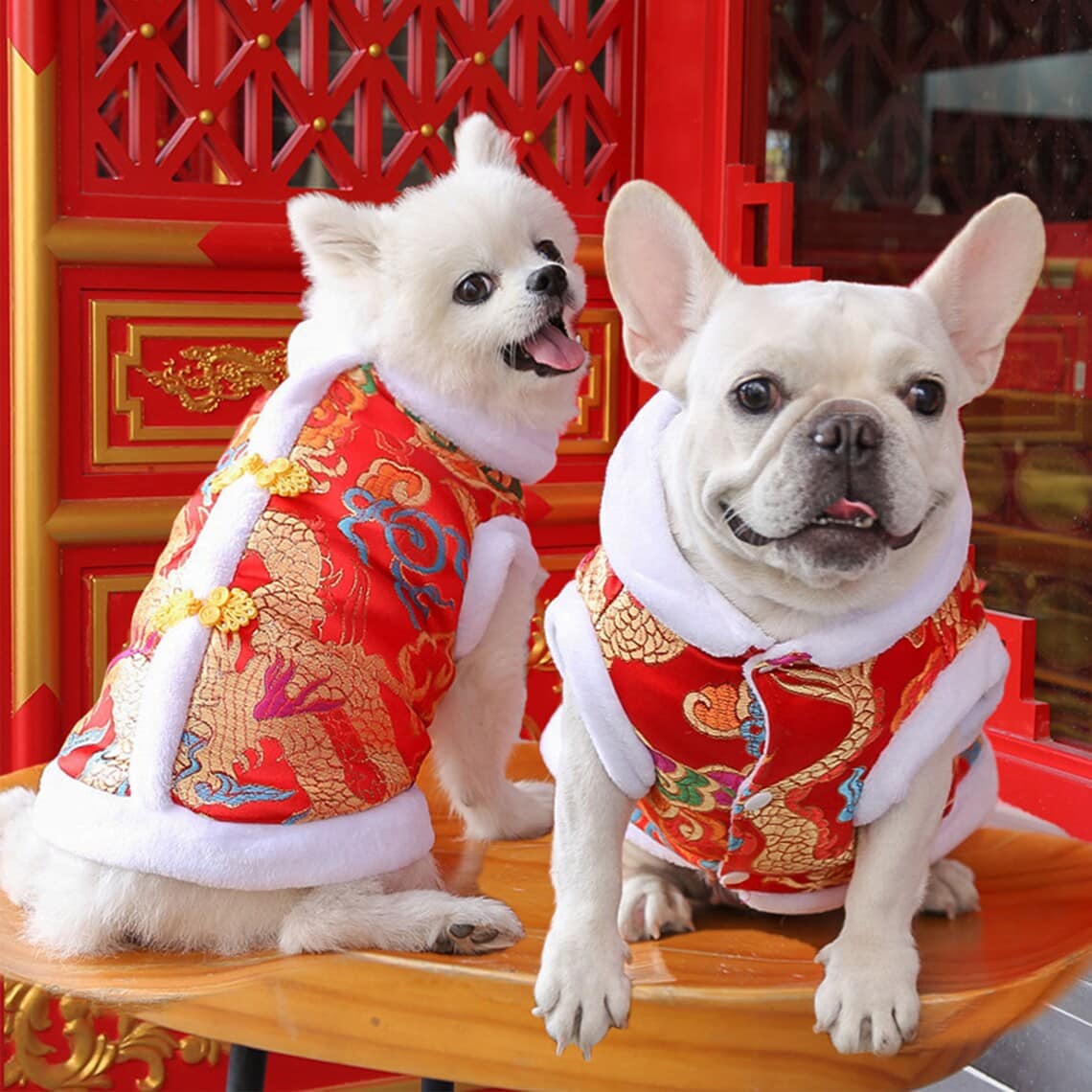
19
Birthday of Dogs and Special Treatment
The second day of the New Year is the birthday of all dogs, making them unique during this time. These loyal companions are treated with care and extra attention, highlighting the strong bond between humans and their four-legged friends during the celebrations.

20
Lantern Festival's Riddle-Solving Competitions
The Lantern Festival features intricate lantern displays and riddle-solving competitions. Riddles are written on the lanterns, challenging visitors to solve them. This engaging tradition fosters intellectual stimulation and camaraderie, making the festival a time of joyful contemplation and friendly competition.

21
Avoiding Accidents for Good Luck
During the New Year celebrations, breaking things or engaging in accidents is believed to bring bad luck. Hence, extra caution prevents mishaps. Stereotypes reinforce the idea of beginning the year free from any ill omens or negative energies.

22
Five Blessings: Wishing for Good Things
During Chinese New Year, you might see decorations with five bats together. These bats represent the “Five Blessings”: health, wealth, love of virtue, a natural death, and a peaceful life. People believe that these blessings will bring happiness and prosperity.

23
The Myth of Nian
The Chinese New Year’s tradition of using fireworks and loud noises to scare away evil spirits traces back to the myth of Nian, a terrifying beast that would come out to harm people and livestock. Fireworks, banging of drums, and bright lights repel Nian, ensuring safety and prosperity.

24
Auspicious Flowers: Blossoming Good Luck
In Chinese New Year celebrations, flowers like peach blossoms, plum blossoms, and chrysanthemums are displayed. These flowers symbolize good fortune, growth, and longevity. People believe these flowers bring positive energy and happiness for the new year.
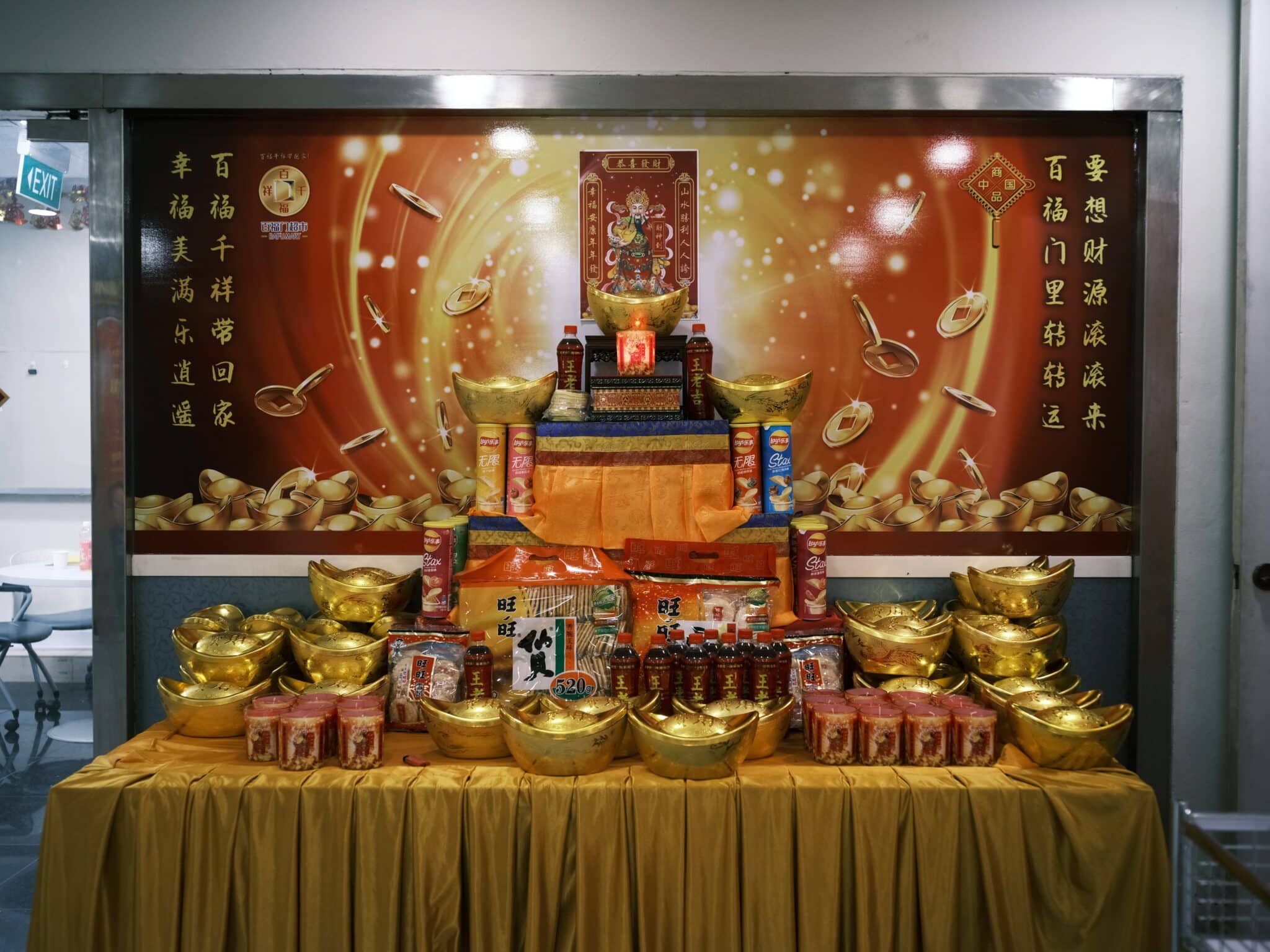
25
Ancestor Worship: Honoring the Past
During Chinese New Year, families pay respects to their ancestors by setting up an altar with offerings. They light incense, place food, and burn paper items to remember and honor their ancestors. This tradition connects the present generation with their family’s history and heritage.
Chinese New Year Facts for Kids

26
Colorful Spring Couplets: Decorating for Luck
Spring couplets, known as “chunlian” in Chinese, are pairs of red scrolls with poetic phrases written on them. These are hung on doors and walls during Chinese New Year to bring good luck and blessings. They’re like particular messages to welcome the new year with positivity.
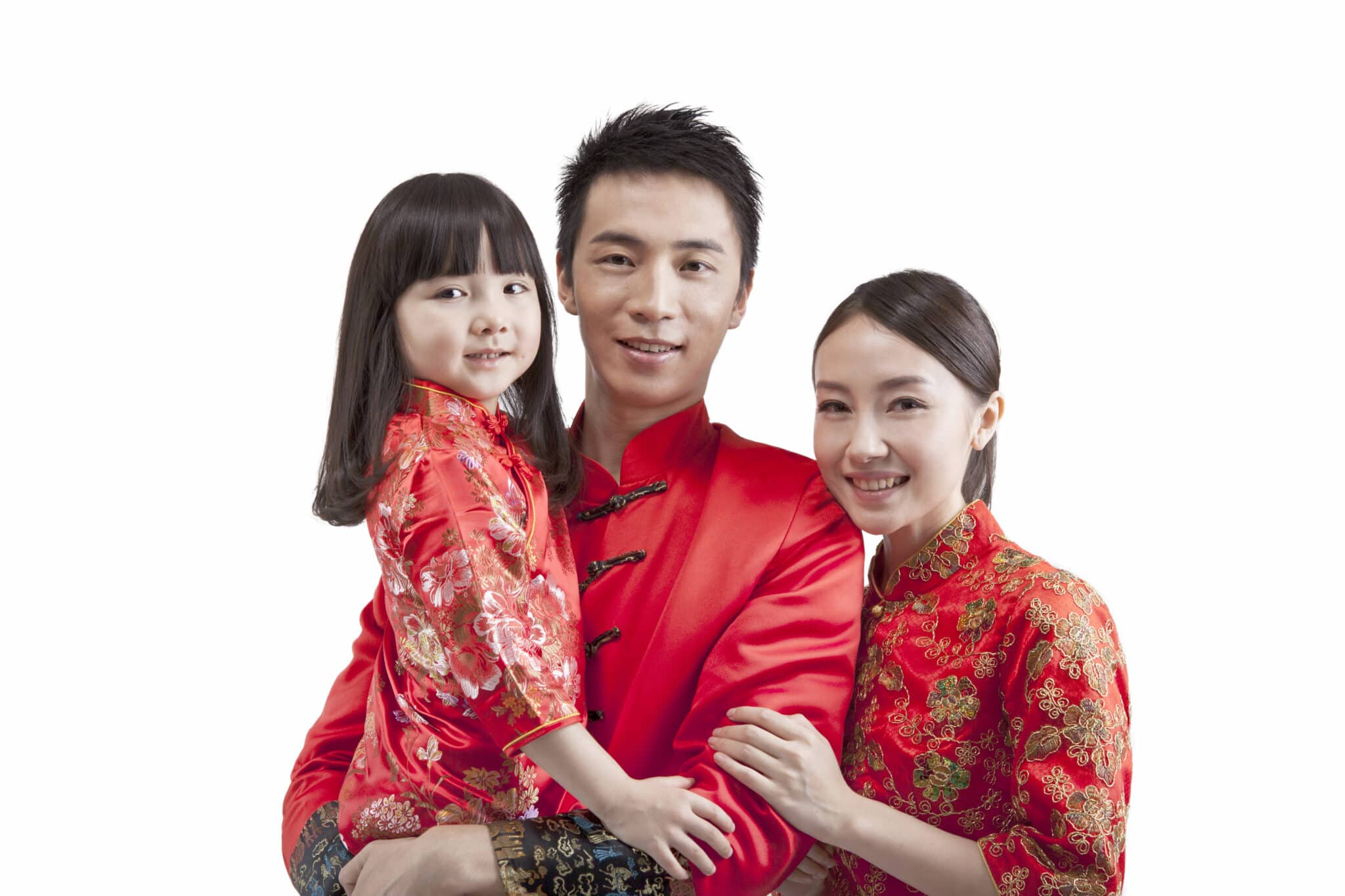
27
Clothes with Symbols: Inviting Good Luck
During Chinese New Year, kids wear new clothes with special symbols like bats, which represent happiness, and fish, which symbolize wealth. Wearing these clothes is believed to bring good luck and positive energy for the coming year.

28
Money Trees: Symbol of Wealth
In some homes, you might find a “money tree” during Chinese New Year. It’s a small tree with red envelopes hanging from its branches. People put money inside the envelopes and give them as gifts for good luck and prosperity.
Purchase one here!

29
Nian Gao: Sweet Treat for a Sweet Year
The “nian gao,” or sweet rice cake, is a central culinary feature during Chinese New Year. Its name sounds like the phrase for “higher year,” signifying progress and growth. The round shape and sweet taste make it an emblem of elevating one’s status and achieving better fortune in the new year.
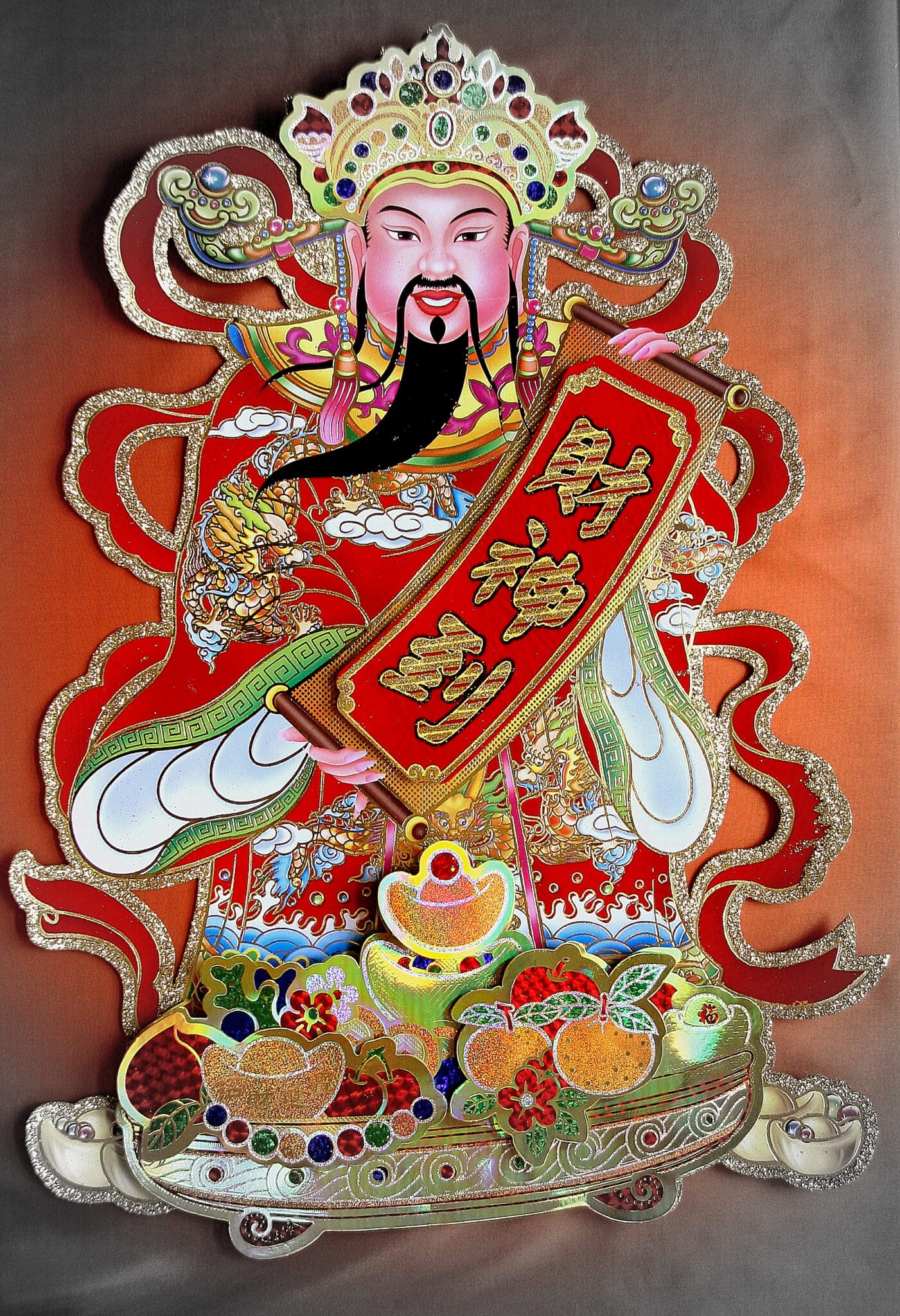
30
The Kitchen God: Reporting to the Heavens
According to legend, the Kitchen God watches over every home. On Chinese New Year’s Eve, families offer him sweet treats to keep his mouth busy. Then he can’t say bad things about the family when he reports to the heavens!

31
Lucky Numbers: 6, 8, and 9
In Chinese culture, some numbers are luckier than others. The number 8 sounds like the word for “prosperity,” and six sounds like “smooth.” 9 is the luckiest because it sounds like the word for “long-lasting.” People like to use these numbers for essential things, like phone numbers or license plates.

32
Giving Respect: Bowing to Elders
During Chinese New Year, kids greet their elders with a unique bow called a “bài nián.” It’s a way to show respect and wish them a happy and healthy new year. In return, kids often receive red envelopes with money for good luck.
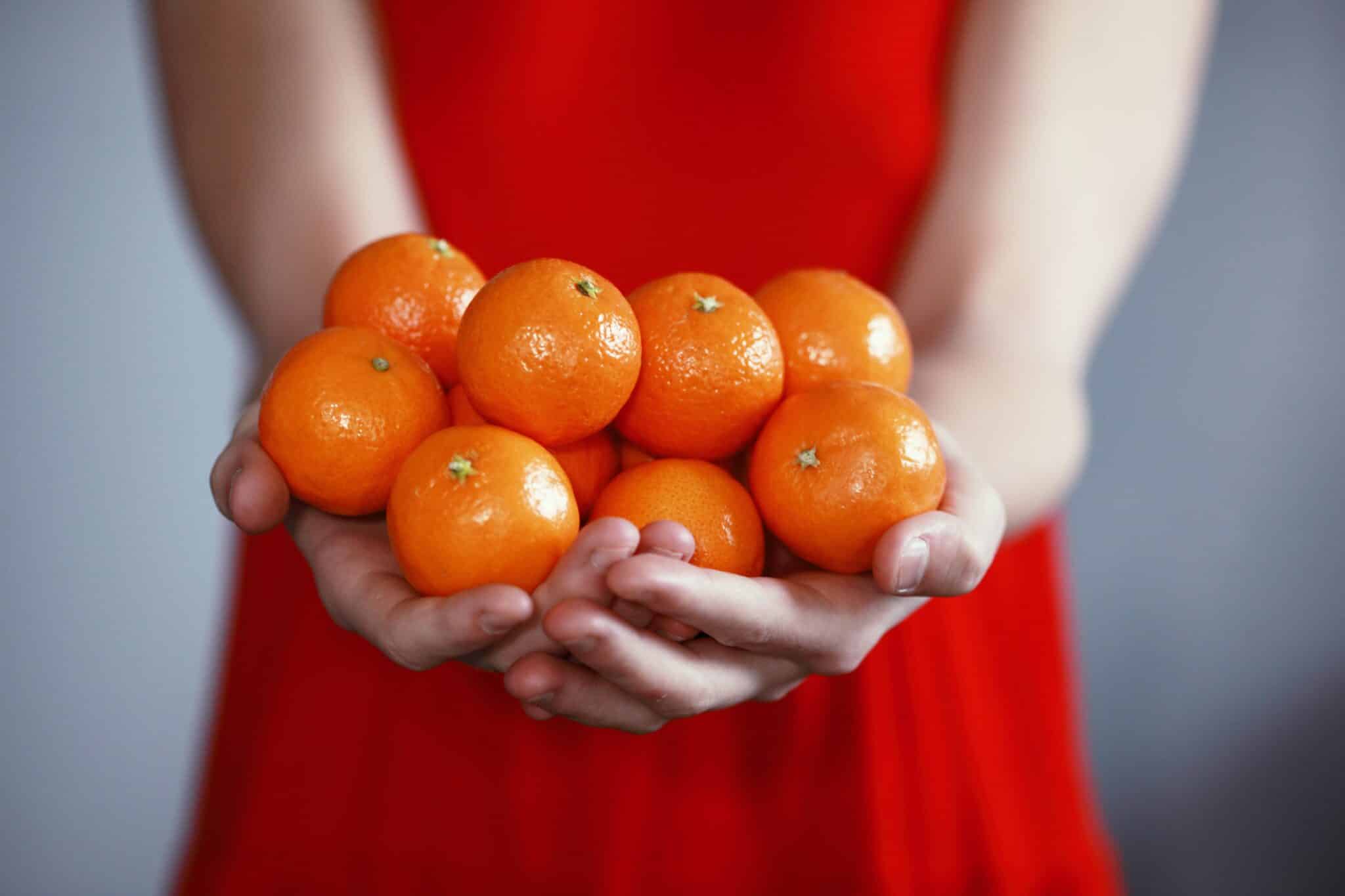
33
Oranges and Clementines as Symbols of Luck and Wealth
Oranges and clementines get exchanged as tokens of good luck and prosperity during Chinese New Year. The bright color and round shape symbolize abundance and positive energy. Sharing oranges with loved ones spreads good wishes and enhances the festive spirit with a joyful gesture.

34
Wishing Trees and Tie Messages
New Year’s wishes are written on cards or ribbons and tied to trees in certain regions. As the wind carries these wishes, it’s believed they’ll come true. This interactive tradition fosters a sense of hope and community, involving people in a shared ritual of aspiration.

35
Elders' Blessings: Words of Wisdom
In Chinese New Year celebrations, it’s common for kids to visit their elders and receive blessings. Elders offer kind words and advice for the upcoming year. This tradition not only strengthens family bonds but also passes down wisdom from one generation to the next, fostering a sense of unity and respect.


